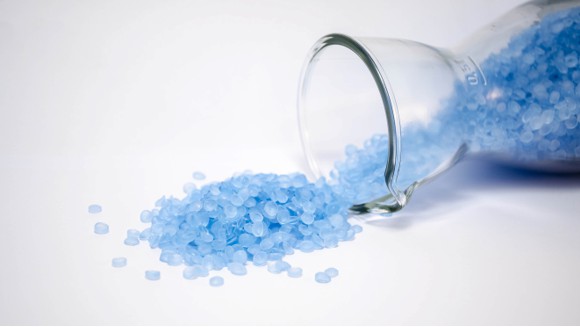Introduction

Polymerization catalysts play a catalytic role in the formation of high molecular weight polymer from low molecular weight monomer through chain growth process. The common characteristic of polymerization catalysts is the use of transition metals (iron, cobalt, nickel, etc.) as the active center of the catalyst, in which the catalytic performance was compared through the difference of high olefins polymerization reaction under conditions of medium pressure and low pressure. Most transition metals have unpaired single electrons in the d orbital, which is an important reason for their catalytic effect.
Types of Polymerization Catalysts
- Olefin Polymerization Catalysts
Ziegler-Natta (Z-N) catalysts are composite catalysts for olefin polymerization, which is the beginning of the development of composite catalysts and promotes the rapid development of directional polymerization and selective oligomerization. Z-N catalysts are mainly used in the conventional polymerization of alpha-olefins, and are also commonly used in the conventional polymerization of diolefins and cyclic olefins. Z-N catalysts are widely used in automotive, chemical, food and other industries due to their high activity, low cost, good stability, and suitability for large-scale continuous production.
Compared with traditional Ziegler-Natta catalysts, metal catalysts have more precise controllability, which mainly depends on the structure of metal ligands. For example, metallocene catalysts are pentadentate complexes formed by cyclopentadiene or its derivatives (indene, fluorene) and IVB transition metal atoms titanium and zirconium. Metallocene catalysts can effectively modulate the chain extension reaction of olefin molecules, resulting in polymers with high structural regularity.
- Organometallic Complex Catalysts
Organometallic complex catalysts are defined as organometallic complexes with oxygen, nitrogen, phosphorus and sulfur as coordination atoms and transition metal elements as metal centers. This new generation of catalyst not only retains the advantages of high activity of metal catalysts, easy introduction of a variety of comonomers, and controllable polymer structure, but also has the advantages of diverse structures, good stability, and low production costs. Catalysts can be divided into monodentate ligands and chelating polydentate ligands according to the number of ligands they contain, which have different catalytic effects in polymerization reactions.
If you are interested in our polymerization catalysts, please contact us immediately!
References
- Jarrett, C.N. et al. Polymerization Catalysts Take a Walk on the Wild Side. Trends in Chemistry. 2020, 2(6): 493-505.
- Xie, K. et al. Surface effect of the MgCl2 support in Ziegler-Natta catalyst for ethylene polymerization: A computational study. Applied Surface Science. 2022, 589: 153002.
- Antonov, A.A. et al. Post-metallocene catalysts for the synthesis of ultrahigh molecular weight polyethylene: Recent advances. European Polymer Journal. 2021, 142: 110162.
















